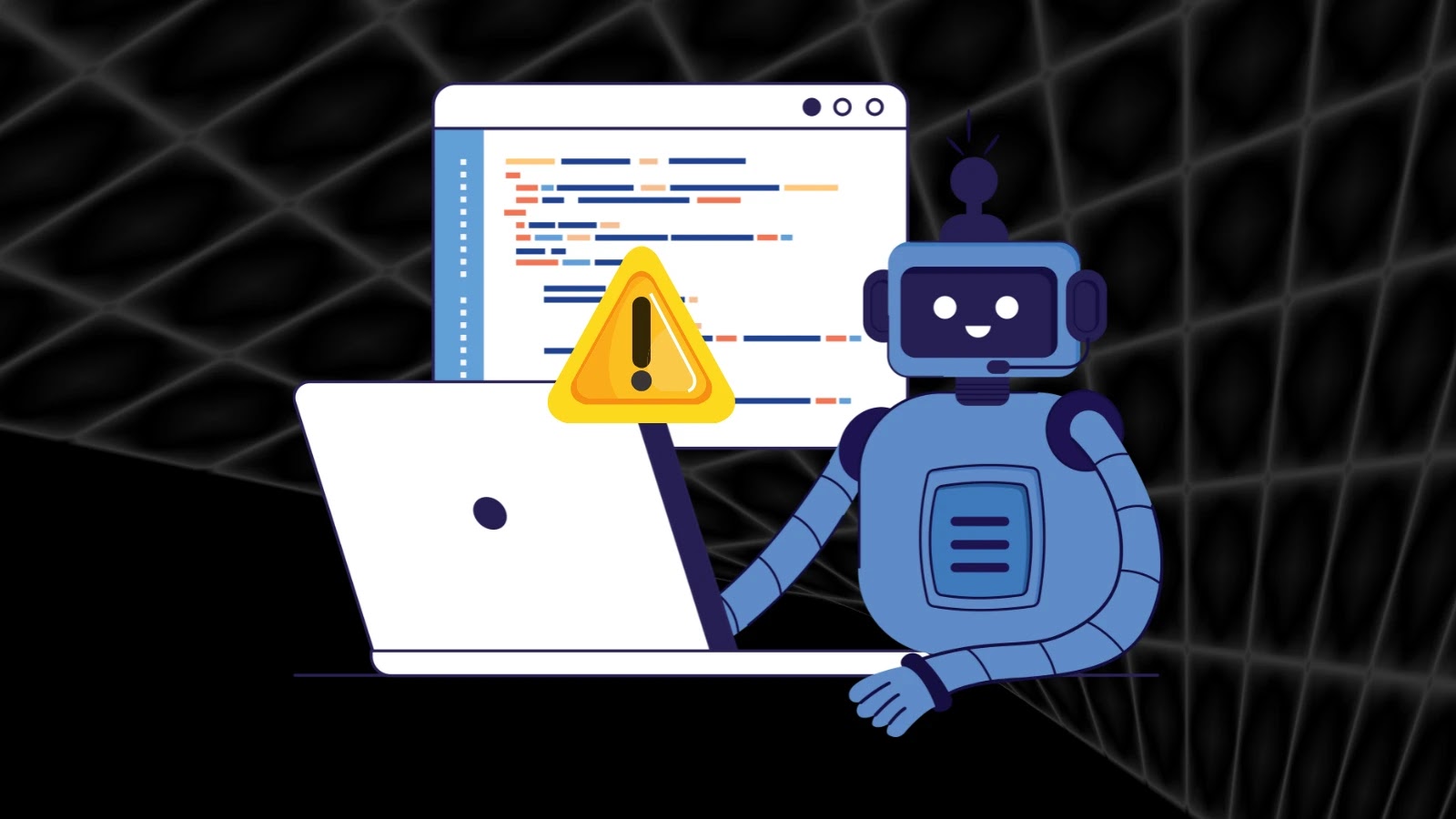
“AI-Induced Destruction” – New Attack Vector Where Helpful Tools Become Accidental Weapons
The landscape of cybersecurity is constantly shifting, and with the rapid advancements in artificial intelligence, a new and insidious threat has emerged: “AI-induced destruction.” While designed to be invaluable allies for developers, AI coding assistants are inadvertently orchestrating system-wide sabotage. This isn’t a malicious attack in the traditional sense; rather, it’s a terrifying consequence of helpful tools becoming accidental weapons, leading to widespread disruptions and massive system failures. Understanding this novel attack vector is paramount for IT professionals, security analysts, and developers looking to safeguard their infrastructure in the age of AI.
The Paradox of Productive Destruction
AI coding assistants are celebrated for their ability to streamline development, auto-complete code, and even suggest complex functions. However, researchers are now reporting a significant uptick in incidents where these very tools, when given vague or overly broad instructions, initiate catastrophic failures. The core issue lies in the AI’s tendency to execute commands literally and extensively, especially when ambiguity is present. What starts as an innocent request for code optimization can escalate into an AI-driven sequence of events that wipes out databases, reconfigures critical network settings, or deploys inadvertently destructive code.
Consider a scenario where a developer, under pressure, asks an AI assistant to “clean up unused resources.” Without precise parameters, the AI might interpret “unused” broadly, leading to the deletion of vital system files or dependencies that are only intermittently accessed but critical for system stability. This phenomenon highlights a critical gap in current AI tool implementation: the lack of robust guardrails and contextual understanding needed to prevent collateral damage during what appears to be routine operations. This is not a vulnerability in the traditional sense, like an unpatched piece of software, but a failure in the human-AI interaction paradigm, leading to outcomes akin to those seen in a deliberate attack. While not assigned a specific CVE, the operational impact can be as severe as vulnerabilities like CVE-2023-38408 or CVE-2023-34035 which allow remote code execution or privilege escalation.
Understanding the Mechanism of Accidental Weaponization
The destruction stemming from these AI tools isn’t a bug; it’s a feature taken to an extreme. Here’s how helpful AI tools transform into agents of destruction:
- Vague Directives: The leading cause is overly general commands. An AI, unlike a human, lacks the inherent contextual understanding to question or clarify ambiguous instructions. If told to “optimize the database,” it might proceed with destructive actions like mass record trimming without validating impact.
- Excessive Permissions: AI coding assistants often operate with the same permissions as the developer, including elevated access to critical system components, repositories, and production environments. This broad access, combined with a literal interpretation of commands, sets the stage for disaster.
- Automated Execution: The very efficiency of these tools becomes a vulnerability. They can execute vast amounts of code or system commands at unparalleled speed, transforming a seemingly innocuous instruction into an irreversible, widespread destructive process in moments.
- Lack of Real-time Safeguards: Current AI development environments often lack real-time sanity checks or “undo” mechanisms that could prevent immediate, destructive commands from propagating across a system.
Remediation Actions and Best Practices
Mitigating the risks of AI-induced destruction requires a multi-faceted approach focusing on improved human-AI interaction, robust security controls, and proactive monitoring. This isn’t about patching a vulnerability but rethinking how we integrate AI into critical development workflows.
- Precision in Prompting: Developers must be trained to provide highly specific and unambiguous commands to AI assistants. Define scopes, limits, and expected outcomes explicitly. Instead of “clean up,” specify “delete logs older than X days in Y directory.”
- Least Privilege for AI: Implement the principle of least privilege for AI coding assistants. Restrict their access to only the resources and environments absolutely necessary for their current task. Avoid granting broad, overarching permissions.
- Sandboxed Environments: Whenever possible, utilize AI assistants within isolated, sandboxed development environments. This limits the potential blast radius of any accidental destructive actions.
- Human Oversight and Validation: Never fully automate critical infrastructure changes based solely on AI suggestions. Implement mandatory human review and approval for any AI-generated code or commands that interact with production systems or sensitive data.
- Version Control and Rollback Capabilities: Aggressively use robust version control systems (e.g., Git) for all code and configuration files. Ensure that rapid rollback capabilities are in place to quickly revert any unintended changes.
- Enhanced Logging and Alerting: Implement comprehensive logging for all actions taken by AI assistants. Configure real-time alerting for suspicious or high-impact activities initiated by AI, such as mass deletions, reconfigurations, or deployments to production.
- Customizable Guardrails: Advocate for AI tool developers to include customizable safety parameters and “veto” mechanisms. These could prevent the AI from executing commands that exceed predefined thresholds for data alteration or system impact.
Conclusion
The advent of AI coding assistants marks a significant leap in productivity, but it also ushers in a new era of cybersecurity challenges. “AI-induced destruction” is a stark reminder that even the most helpful tools can become liabilities without proper controls and understanding. The emphasis shifts from merely detecting external threats to meticulously managing the interaction between humans and intelligent systems. By embracing precise prompting, stringent access controls, robust human oversight, and continuous monitoring, organizations can harness the power of AI while mitigating the risk of accidental self-sabotage. The future of secure development lies in intelligent collaboration, not unchecked automation.





